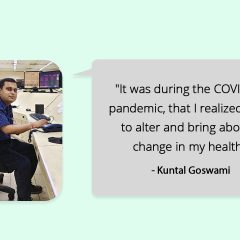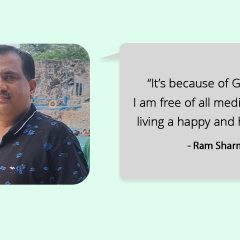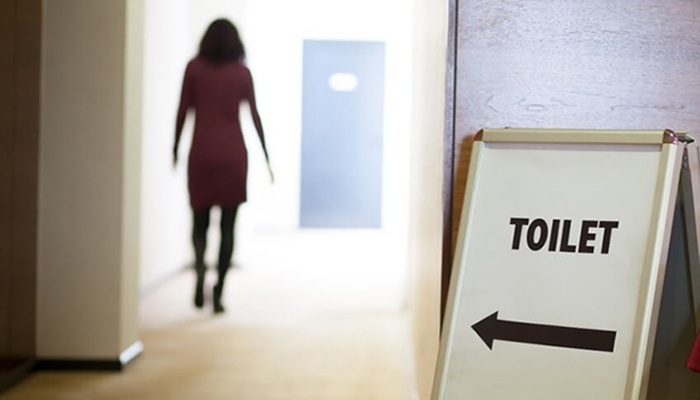
In my previous blog, I discussed how your poop describes your health status. In this blog, I shall tell you how your pee says a lot about your health.
In a day, we all visit the bathroom many times to pee, but seldom does it cross our mind to check our pee colour before we flush it out of sight.
Urine, or pee, is the body’s way of expelling waste products in a liquid form, mainly composed of water, salt, and chemicals called urea and uric acid.
The kidney creates urine by flushing out toxins and other bad substances from the blood. Various factors such as medications, food, and illness can affect urine colour or odour.When there is a malfunction, the urine may contain clues to the problem. The colour of the urine can be a helpful indicator.
Ideally, the colour of urine should be pale yellow, indicating you are well hydrated. The pale yellow colour is due to a pigment produced by the body called – UROCHROME and UROBILIN.
Let’s understand how the colour of the urine describes your health. There are three main causes for abnormal urine colour
- Food that you eat
- Drugs or Medication that you take
- Health Issues
What does the colour of Urine Indicate?
Transparent: If the pee colour is completely clear, its sign of over hydration. Sometimes excess hydration may lead to dilution of salts in the body.
Brown colour: Shades of brown in your urine may indicate dehydration. It can also signal liver disease, where bile salts that should be processed and eliminated through stool end up in the urine.
Note: If you eat a lot of aloe, fava beans, or rhubarb, these foods can also turn your urine brown.
Red colour: Foods like beets and blackberries can cause red urine. If the red color persists, it could be a sign of blood in the urine, which may be due to kidney disease, urinary tract infections (UTI), or cancers. In such cases, consult a doctor immediately.
Blue or Green colour: Consumption of asparagus can lead to green urine. Certain medications, genetic diseases, and UTIs can also cause blue or green urine.
Orange: An orange color may be due to medications such as high-dose vitamin B2, the UTI drug phenazopyridine, or the antibiotic isoniazid.
Dark yellow: Dark yellow urine indicates significant dehydration. It can also be linked to high intake of B vitamins, especially B12, resulting in this dramatic hue change.
Cloudy or milky: Cloudy or milky urine most often indicates the presence of white blood cells, suggesting an infection.
Bubbles/frothy urine: Excessive bubbles or frothing that occurs every time you urinate can indicate an excess of protein in your urine.
Does your urine smell?
Pee doesn’t usually have a strong smell. However, some foods, especially asparagus, contain a smelly sulfur compound that can change the odor. Vitamin B-6 supplements can also affect the smell. When you’re dehydrated and your pee gets very concentrated, it can smell strongly of ammonia. A strong ammonia smell may indicate a UTI, and a sweet smell could be a sign of excess sugar and diabetes.
How often should you urinate?
It varies for everyone, but normally people need to empty their bladder up to 8 times a day. If you suddenly need to pee more often than usual, it could be a sign of a health problem such as a UTI, diabetes, an enlarged prostate in men, vaginitis in women, or interstitial cystitis.
Urine is something that most of us must take a look and prevent any conditions by prevailing. By understanding what your urine color indicates, you can take steps to maintain your health and seek medical advice when necessary.
Keep yourself well hydrated and stay healthy!!
We hope this article helps you. Understanding the color and characteristics of your urine can provide valuable insights into your health. By paying attention to these signs, you can take proactive steps to maintain your well-being. Keep yourself well-hydrated and consult a healthcare professional if you notice any unusual changes in your urine or speak to a certified expert by subscribing to GOQii’s Personalised Health Coaching here.
#BeTheForce
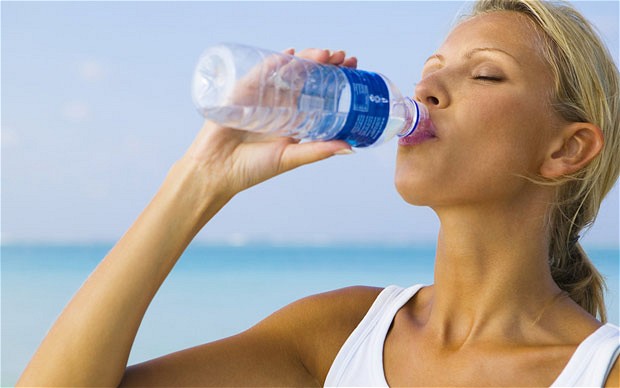
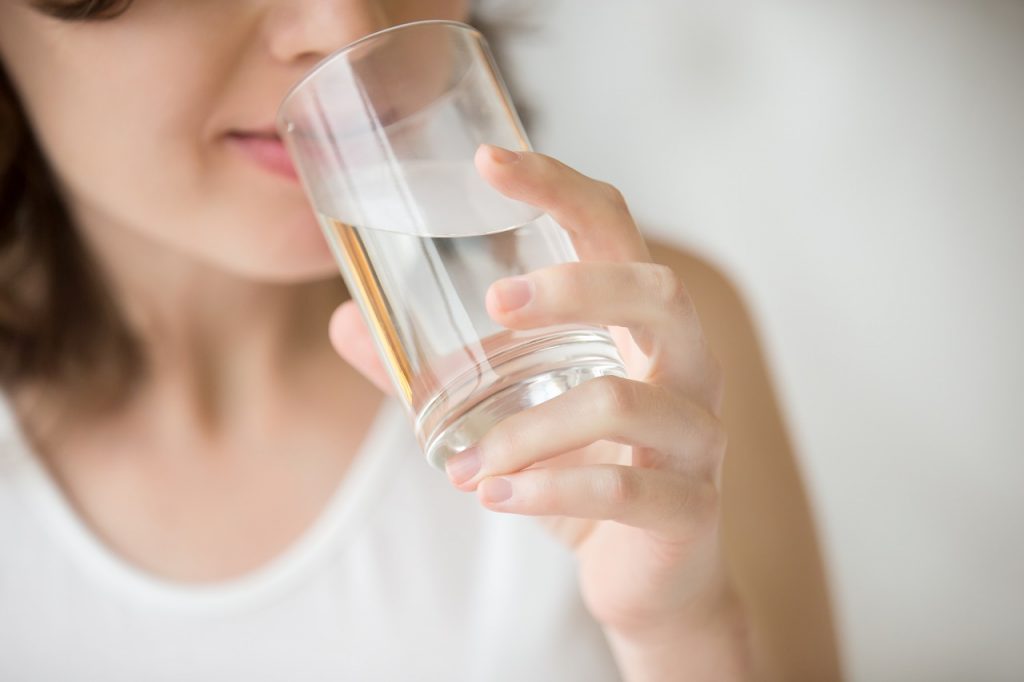 Water is an indispensable part of our daily diet. It makes up about 70% of our total body weight. It is also a component that is very easily taken for granted. Staying well hydrated is one of our body’s basic needs. Thirst is a late indicator of dehydration. When thirsty, our body is already dehydrated at a cellular level. The color of the urine can also determine our hydration status. Dark yellow urine indicates dehydration whereas clear urine indicates a well hydrated body. Along with the diet, we must also pay attention to what and how much water we drink, especially before, during and after a workout.
Water is an indispensable part of our daily diet. It makes up about 70% of our total body weight. It is also a component that is very easily taken for granted. Staying well hydrated is one of our body’s basic needs. Thirst is a late indicator of dehydration. When thirsty, our body is already dehydrated at a cellular level. The color of the urine can also determine our hydration status. Dark yellow urine indicates dehydration whereas clear urine indicates a well hydrated body. Along with the diet, we must also pay attention to what and how much water we drink, especially before, during and after a workout.


